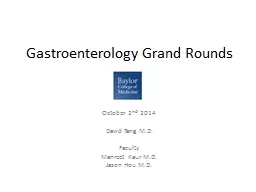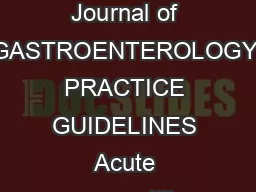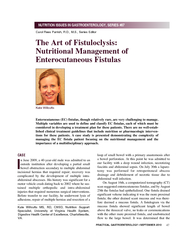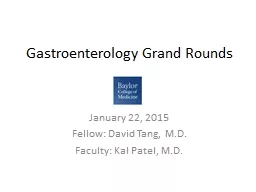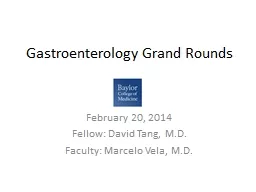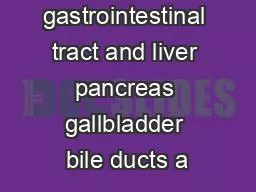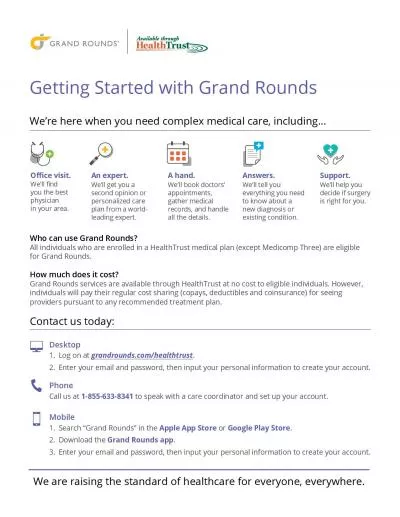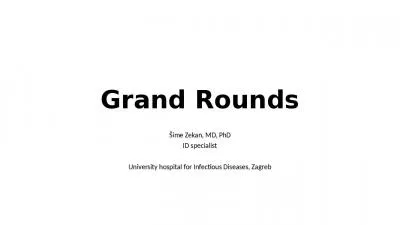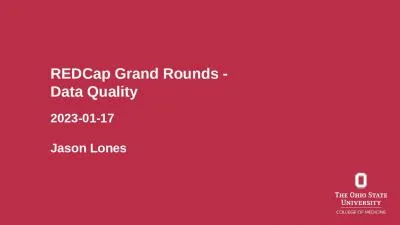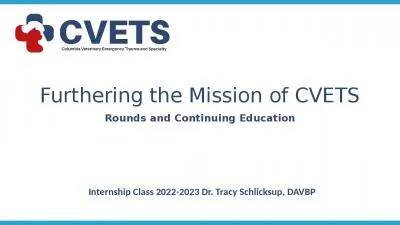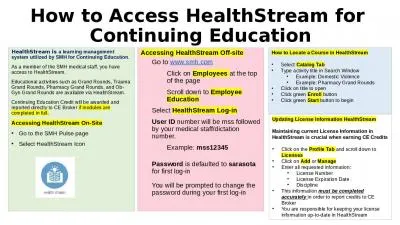PPT-Gastroenterology Grand Rounds
Author : faustina-dinatale | Published Date : 2018-09-25
October 2 nd 2014 David Tang MD Faculty Manreet Kaur MD Jason Hou MD Case 64 year old White man who presented for colonoscopy 2007 Liver transplant for primary
Presentation Embed Code
Download Presentation
Download Presentation The PPT/PDF document "Gastroenterology Grand Rounds" is the property of its rightful owner. Permission is granted to download and print the materials on this website for personal, non-commercial use only, and to display it on your personal computer provided you do not modify the materials and that you retain all copyright notices contained in the materials. By downloading content from our website, you accept the terms of this agreement.
Gastroenterology Grand Rounds: Transcript
Download Rules Of Document
"Gastroenterology Grand Rounds"The content belongs to its owner. You may download and print it for personal use, without modification, and keep all copyright notices. By downloading, you agree to these terms.
Related Documents

